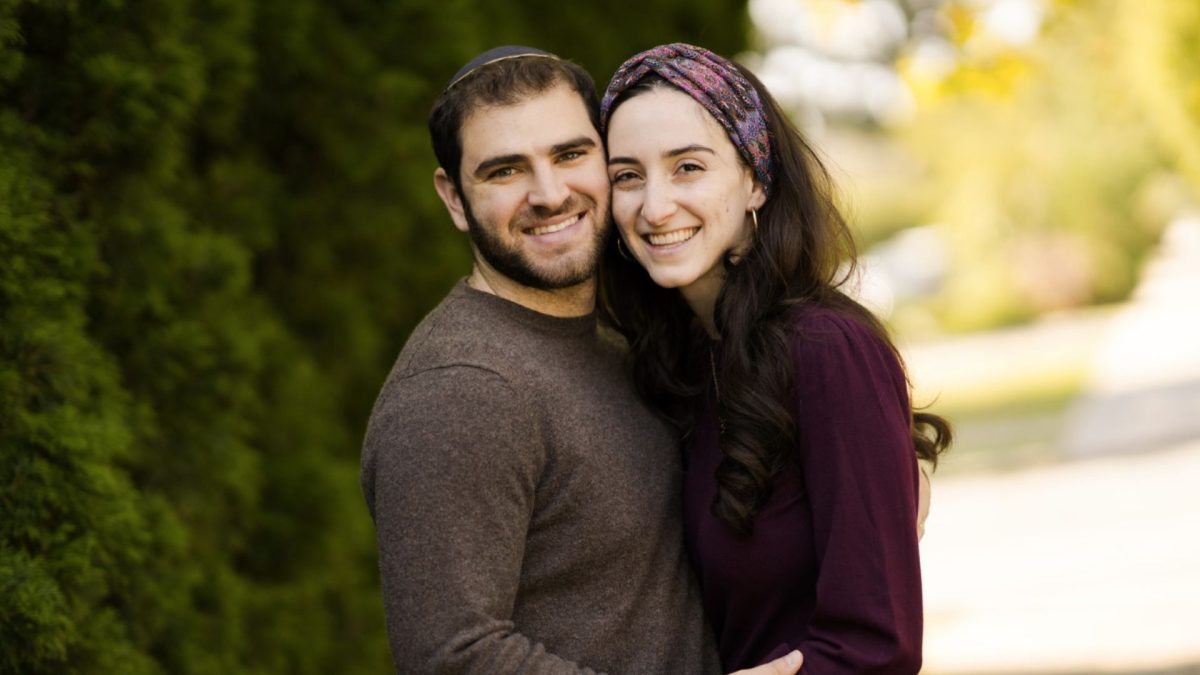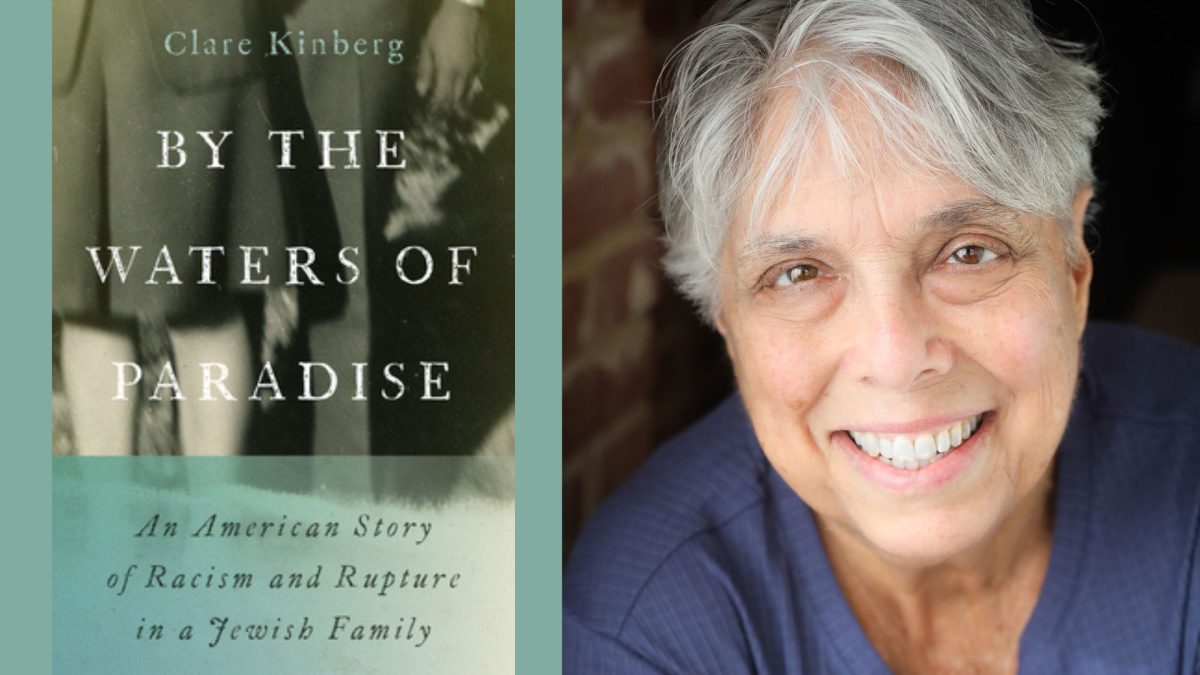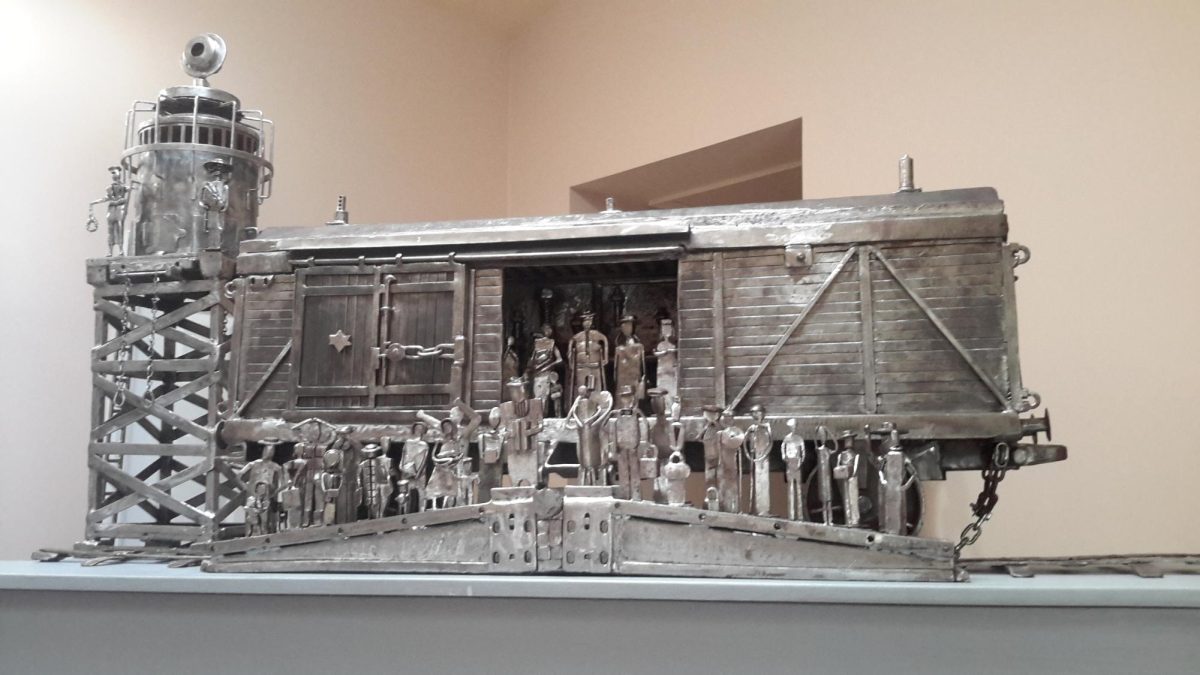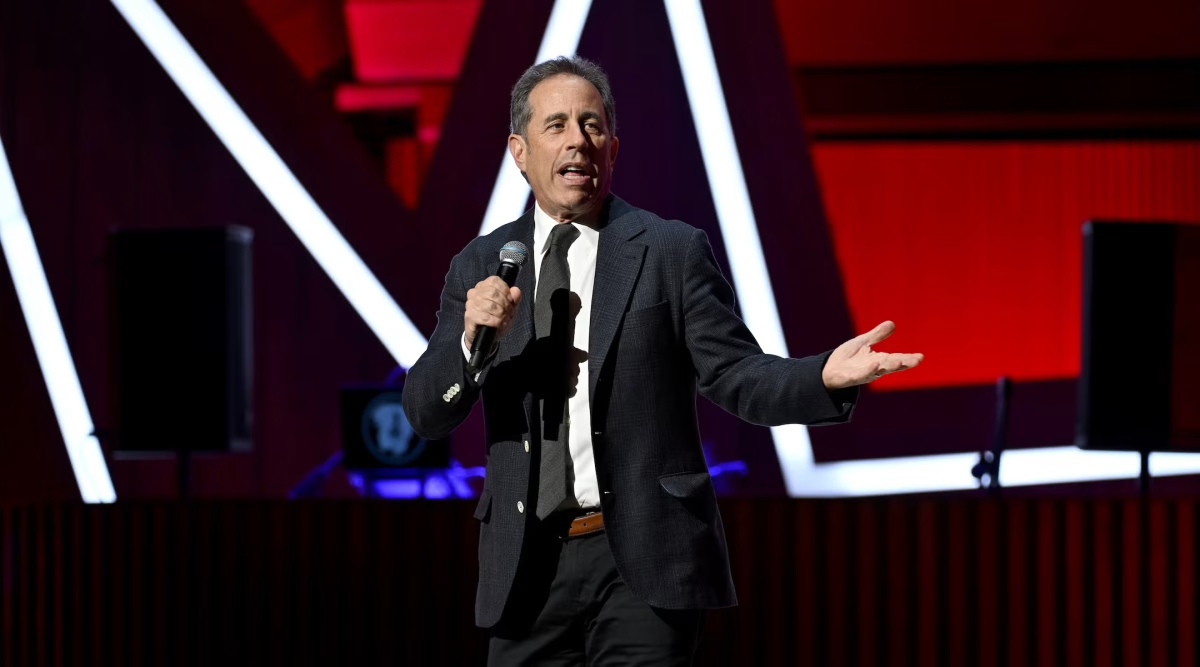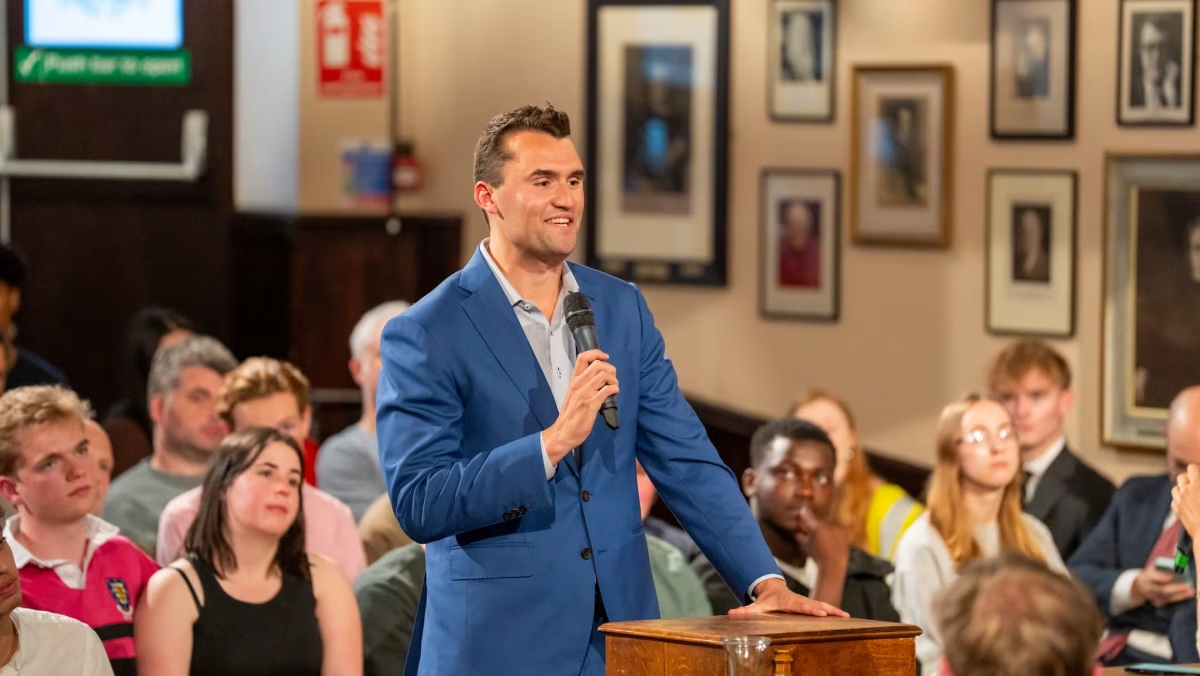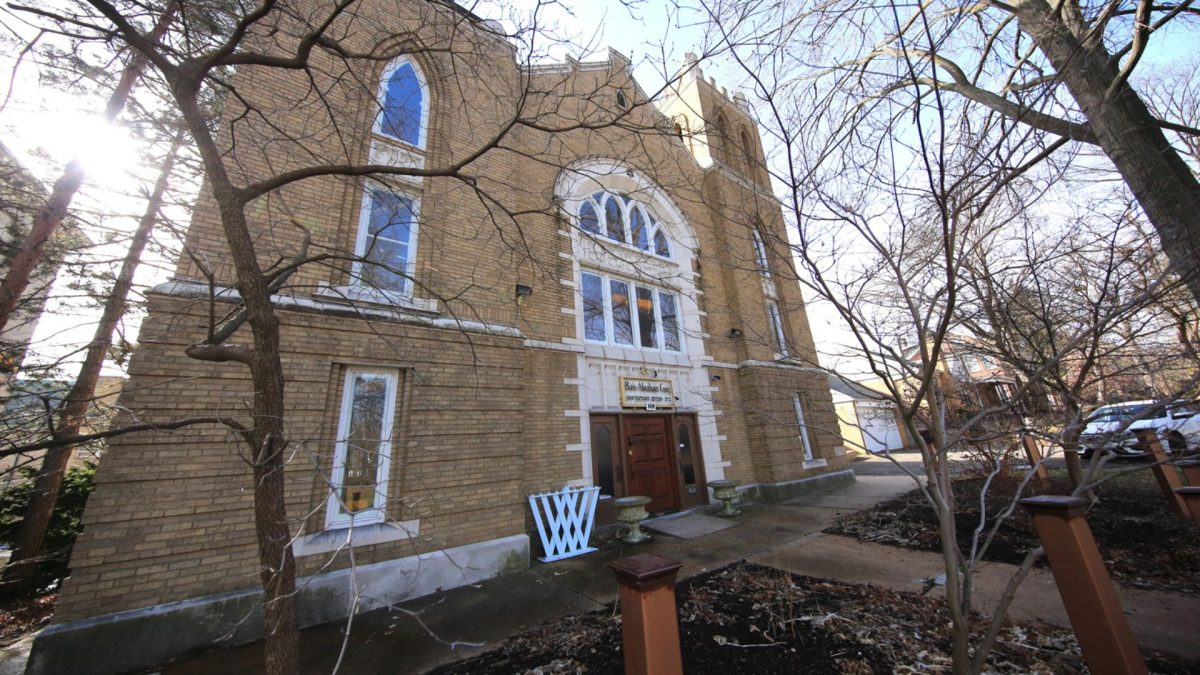Shlomo and Kyra Ashkanazy are the two newest additions to Washington University’s thriving Jewish life on campus.
In conjunction with WashU Hillel, they will lead the OU-JLIC (Orthodox Union Jewish Learning Initiative on Campus) program, geared toward observant students at the university.
Originally from New York and Chicago, the couple met in Israel after they both made aliyah, Shlomo at age 18, and Kyra after attending Stern College for Women at Yeshiva University. When they got married three years ago, they both knew they were passionate about giving back to the Jewish community and, ultimately, they found their way into the OU-JLIC Fellowship.
ADVERTISEMENT
“We were always interested in doing some kind of community work,” Kyra said. “Shlomo also wanted more of an opportunity to use his rabbinical background as there are more opportunities in America, so we looked into shlichut (Israeli emissaries) as hopefully a way to do that and make a difference.”
After completing the fellowship, Kyra and Shlomo were in the OU-JLIC system as a couple looking to join a campus. OU-JLIC places Orthodox rabbinic couples on almost 30 secular college campuses throughout the United States, Canada and Israel, and WashU had been looking to bring the program to campus for some time.
“As the Orthodox undergraduate student population at Washington University has continued to grow, parents sought to bring OU-JLIC to WashU to further support their students and supplement current offerings on campus”, said Jackie Ulin Levey, executive director and CEO of WashU Hillel. “The parents raised the funds, along with a substantial commitment from Michael Staenberg, to cover the couple. In addition, WashU Hillel’s ongoing fundraising and a multi-year grant from Hillel International will support the program’s expenses.”
Since the couple arrived in October, they have reached over 100 observant Jewish students. They began their efforts before they even stepped foot on campus, connecting with students through WhatsApp and Zoom calls.
ADVERTISEMENT
For WashU students spending the summer in Israel, the Ashkanazys even welcomed them into their home. So, when they arrived, students were excited at the opportunity to get involved.
“Every week we have 75 to 100 students for seudat shlishit (third meal of Shabbat), which is generally more social,” said Shlomo. “I give a more educational class on Saturdays. We also have learning opportunities.”
Programming is aimed toward observant students or students who went to day school, as they provide more in-depth classes and educational outreach. However, anyone looking to strengthen their sense of Jewish community is welcome.
“Whether it is weeknight programming or Shabbat, we really want to be a place of connection and to help foster community and to cater to the needs of the students,” said Kyra.
It is also important to note that the couple arrived just days after the Oct. 7 attacks. So, they immediately served as a safe place for students, welcoming them into their home before it was even furnished.
“Rav Shlomo and Kyra have been a tremendous asset and source of support for our students as we navigate the effects on campus from the October 7th attacks,” said Rabbi Jordan Gerson, WashU Hillel’s Silk Foundation campus rabbi and chief experience officer. “They bring so much warmth and knowledge. Students have already naturally gravitated to them and have been enjoying getting to know them and their baby girl.”
Students are already loving the Ashkanazys presence on campus. Sonya Kest, a WashU junior and president of the Jewish Student Association on campus, has noticed their quick and positive impact.
“So far, the Ashkanazys have made such a positive impact on our campus. They’re very supportive of the students and are always looking to build strong relationships. I’m excited to see how our community continues to grow and flourish with their help and support,” said Kest.
The Ashkanazys are excited to continue their work on campus and connect with even more Jewish students.
“We come in with no agenda.” said Shlomo. “We try to find what the students need and what they want more of, and that’s what we try to do. The more students we reach, the more programs we get to run, so hopefully we can build from there.”



